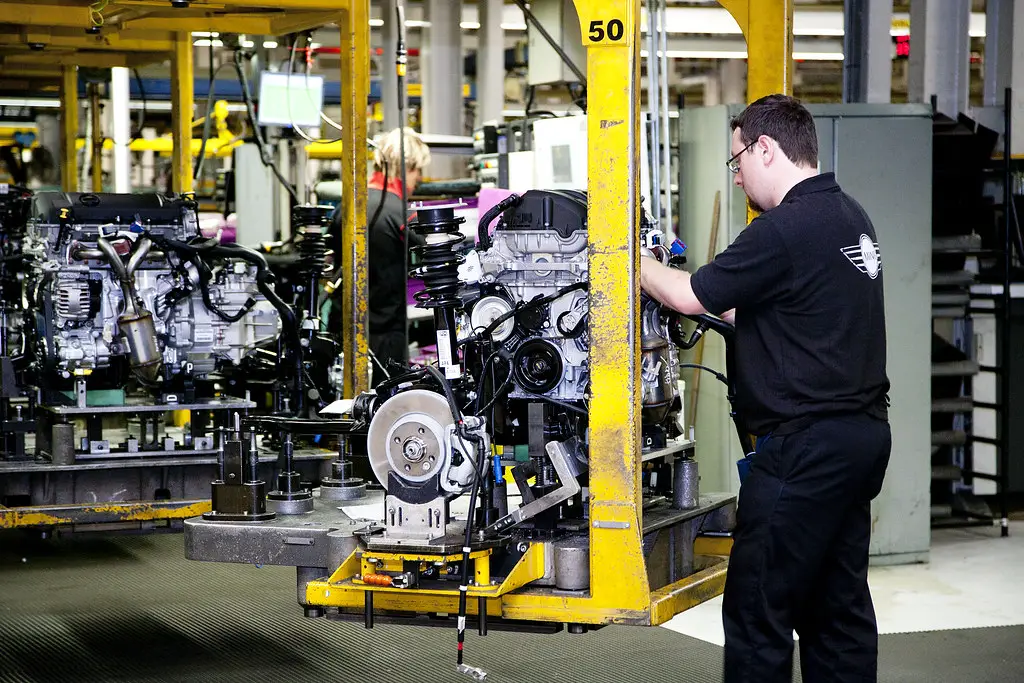There are many ways to learn how to repair cars. If you’ve decided to become an auto mechanic, get the best professional education by taking a course or enrolling in a specialized school. There you will be able to practice, and if necessary, buy essays online safely if you face difficulties coping with this task. This option ensures that you get the most complete and high-quality knowledge in the industry. What other variants are there? In our article, we will explore how a student can become a top-notch automotive technician.
What does an automotive technician do?
Mechanics are professionals trained to perform repairs and routine maintenance on mechanized vehicles. Their work includes knowledge of how almost all of the mechanisms in vehicles work, as well as their parts, and how to disassemble and reassemble them to fix any problems.
As transportation and automotive technologies have improved, the automotive technicians had to keep up with studying the latest trends and technologies needed in vehicle design. Consequently, some mechanics specialize in certain types of vehicles, including cars, buses, or trucks. Others, however, may focus on particular brands and manufacturers of vehicles because they may have more complex engines and systems.
Mechanics usually work in garages and auto repair shops. They may also work for car dealerships, car rental agencies, or transportation companies doing regular inspections and repairs or be self-employed, working in their own garages.
Can you become an automotive technician online?
Online programs for auto mechanics are not designed for people who want to become certified as professional auto mechanics. These programs address technical concepts in text format and are aimed at enthusiasts who want to work on cars as a hobby and at professional mechanics who want to hone their skills to get re-certified. Students interested in the National Institute of Automotive Service Excellence (ASE) automotive certification should look for local programs that include a combination of classroom and practical training.
Typically, a certificate in automotive technology can be earned in six months of training, but students often have up to two years to complete the program. Many programs are conducted entirely online or combine textbooks with online assessments and exams. Automotive technology courses include automotive systems, inspection techniques, and engine repairs. Email or chat tutorials are usually available for students. Many programs include toolkits and textbooks, study guides, and lesson plans sent to students.
How long does it take to become an automotive technician?
The time it takes to become a mechanic depends on the training you do. Generally speaking, mechanics who graduate from professional programs in high school can start working in trainee positions immediately after graduation, while those who graduate from high school will take a year or more to complete their education.
In fact, a mechanic may need two to five years of on-the-job training.
How does a student become an automotive technician?
Step 1: Finish high school
First, you need a high school diploma. These credentials are required for admission to a certificate or degree program. The Automotive Youth Education Services (AYES) program is available to high school students in some areas of the country. In addition to basic high school education, the program provides academic and practical training in automotive technology.
Automotive technology training programs are available at several levels of study. Some technicians complete a vocational program in high school, while others attend a technical school or community college.
Step 2: Enroll in a vocational training program
Automotive manufacturers, vocational schools, and community colleges have training programs that offer associate’s degrees or certificates of completion in automotive maintenance technology. Those studying to become mechanics must take courses in electronics, practical automotive repair, computers, math, and English.
High school vocational programs last three or four years. Students in these programs learn how to check, repair, and maintain the engine and other automotive systems such as the exhaust system, heating, and cooling system, electrical system, brake system, transmission, suspension, and fuel systems. Professional programs provide hands-on training, and students may even work with real customers and service their vehicles. At the end of the vocational program, students graduate with a high school diploma plus the training and experience needed to begin their careers.
Technical schools and community colleges offer certificate and associate degree programs in automotive technology. In addition, certification programs take less time to complete and focus solely on automotive technology, while associate degree programs also include general education courses.
Essentially, students in both types of programs take courses that address various automotive systems and diagnose and fix problems with those systems. These programs are partly lecture-based, but students also work with real vehicles and diagnostic and repair tools to put their learning into practice.
After they graduate from high school or earn a certificate or degree, future automotive technicians continue their training on the job, working as assistants or interns under the supervision of experienced mechanics.
Step 3: Get a certificate
Obtaining a license may require passing one or more certification exams. Mechanics may have to pass an exam for each type of vehicle repair they want to practice.
In addition, mechanics who want to work on vehicles built by a specific manufacturer may be able to obtain manufacturer certification by taking a specialized training course or program. Moreover, obtaining a manufacturer’s certification can make a mechanic a more attractive candidate for positions at a dealership that sells and maintains vehicles made by that manufacturer.
Mechanics can also seek voluntary certifications from the National Institute of Automotive Service (ASE). In fact, ASE approves mechanics in a variety of specialized areas, such as vehicle maintenance and light maintenance, collision repair, alternative fuel, improved engine performance, damage analysis, and evaluation. Basically, to get certified, you have to pass a certification exam and provide proof of two years of work experience. Mechanics who have completed formal training in automotive technology can replace their training with half the basics of experience.
ASE also provides special certificates for students enrolled in vocational and post-secondary programs in automotive technology. In fact, earning a student certificate does not require any work experience, but students must still take the appropriate certification exams.
Step 4: Get employer training
Employer training for technicians mostly lasts a couple of months. During your training, you will work with specialists such as trainee technicians or automotive assistants. You need to learn how to work independently and as part of a team during your internship.
Step 5: Become a high-quality automotive technician
Keep learning new things and improving your skills in practice. This is the only way you can build up a growing customer base, gain their trust and get car owners to line up to you to get the highest level of service.




